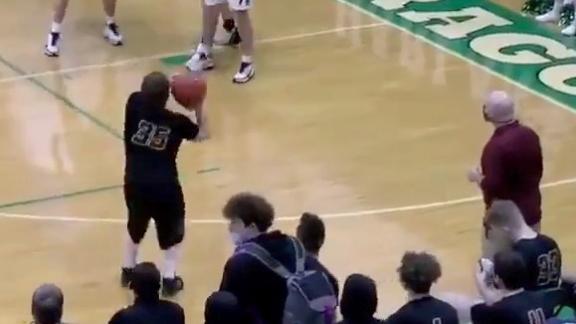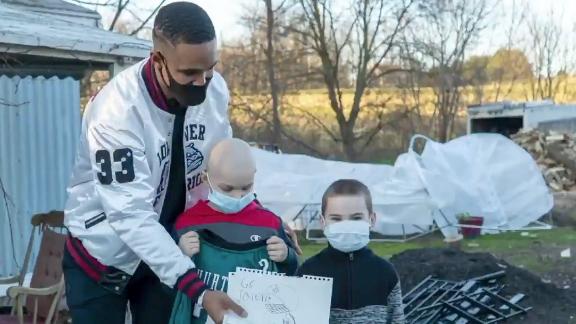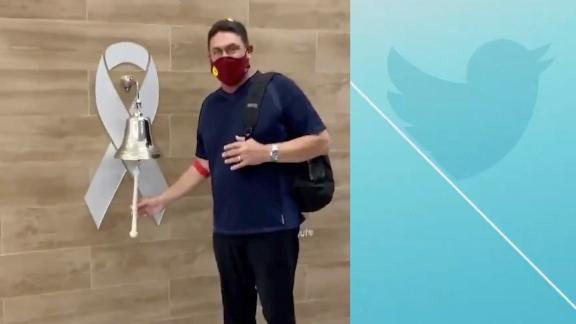With the first Olympic Ski Halfpipe competition a year and a half away, of course many skiers are getting excited. Perhaps none is more excited than Lyndon Sheehan. With his new website, OlympicDreams.co.nz, the 24-year-old Kiwi National Team member is broadcasting a 2014 Olympic appearance as his sole objective, and soliciting donations to support his cause. In a sport where athletes have financed their careers almost exclusively with company sponsorships, Sheehan's approach might signal a new paradigm for generating support. We caught up with Sheehan for his take on that claim while he was at home in New Zealand, gearing up for the Southern Hemisphere winter.
How have the Olympics shaped your career goals?
I got excited when pipe was announced as an Olympic event. It gives the sport credibility on a whole new level. As a serious athlete, I definitely have more to aim for, and it's a lot easier to explain to the relatives what I do as a career when I tell them it's an Olympic sport.
How did you get the idea for this website?
I tore my ACL at X Games practice in 2010 — a frustrating injury that no athlete wants — and with at least six months off snow, I decided to make good use of my time. I got an athlete's scholarship to study graphic design at Natcoll Design School. After I graduated, the news was out that halfpipe skiing was going to be in the Winter Olympics, and that's where I wanted to be. I wanted to use my graphic design training to create something that would bring my family and friends with me on my journey to the Olympics. The idea expanded from here.
Whereas freeskiing athletes usually finance their careers solely through company sponsorship, you are using your website to solicit donations. Perhaps others will follow suit?
There are many different ways to promote yourself and the sport by thinking outside the box. My big picture for the site in the future is to set up an organization that opens financial and mentoring doors for talented young athletes, enabling them the opportunity to follow their dreams as I have been able to. I've learned a lot along the way in my skiing career, and I've had a lot of amazing people mentoring me at different times. It would be awesome to pass that knowledge down to the next bunch of rippers when my time competing is over.
Tell us about your training regimen and travel schedule. How have you changed things since the Olympics became a reality?
Training is pretty busy on snow and off. Off season a lot of my week is filled up with gym, aerobic fitness, recovery sessions, physical therapy, and trampolining. I think you really have to learn to enjoy all the training or you would get sick of it. Luckily it cuts back a bit when the season starts, and I'm on snow training. It's amazing experiencing so many different countries and cultures, but the travel schedule can get pretty hectic, and jet lag and living out of a bag is definitely the most difficult thing about it all.
What else were you up to while you were injured?
Being out with my knee I was invited to judge a lot of the events in New Zealand, like the NZ Open and the NZ Winter Games. Sitting in the judge's chair proves much harder than you'd think. It sure makes you think twice when you get annoyed about a judge's score. I really appreciate the hard work they put in and now know what the judges are looking for. That in itself has really shaped my perspective, the way I will train and execute my tricks for competitions.
With most top-tier competition still taking place in the Northern Hemisphere, how does being from New Zealand impact your career?
There are definitely plusses and minuses of being a skier from NZ. Having a lot of the top riders come down each year sets a good standard and shows you what you need to be doing here to do well on the world stage. Naturally skiing is not a cheap sport with all the travel involved, and NZ being at the ends of the earth, we are literally flying halfway across the globe to participate in the Northern Hemisphere winters, spending six months of the year away from home. NZ SnowSports has put together a solid support infrastructure for athletes who earn it. It's exciting to be part of this.




